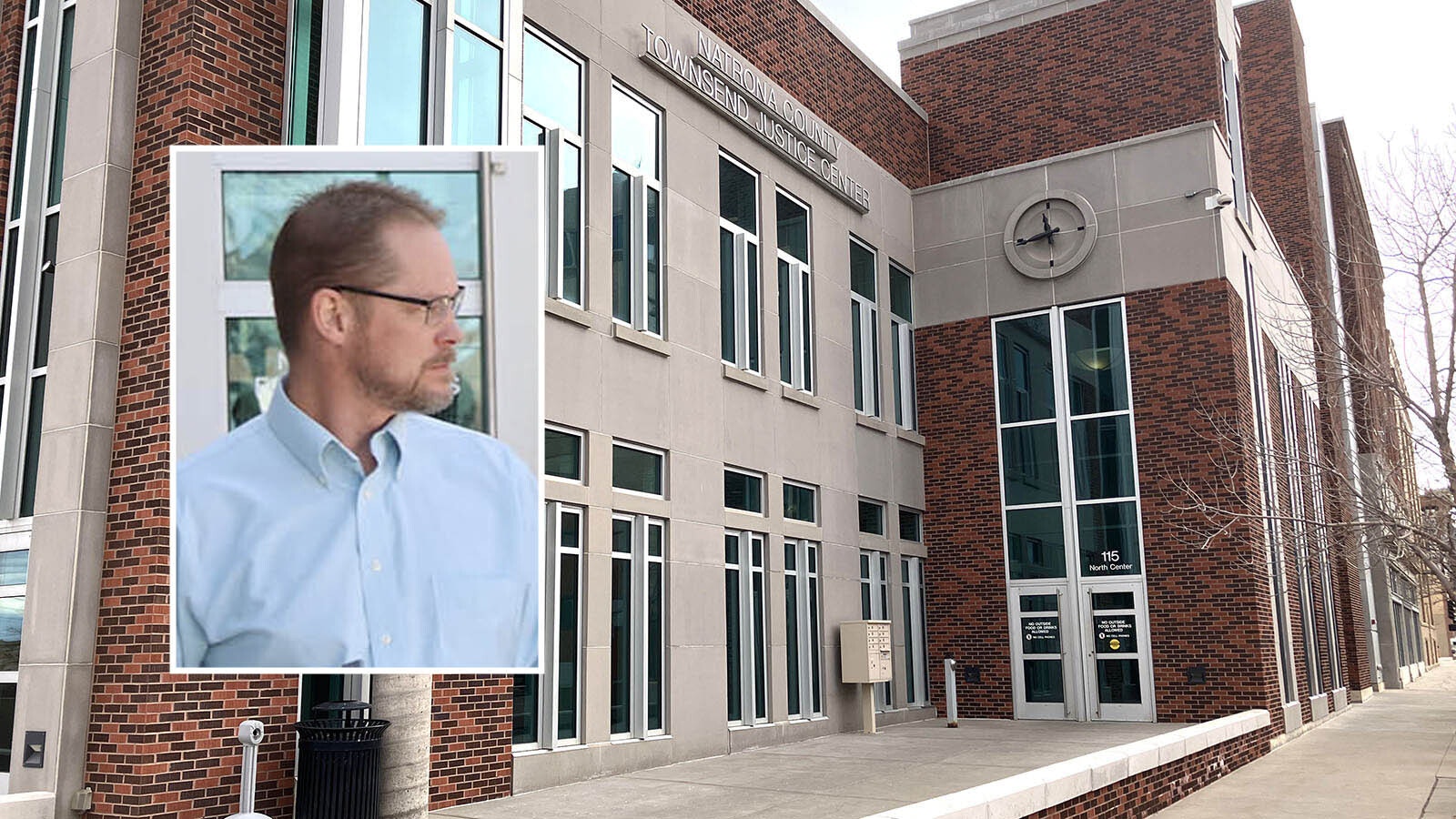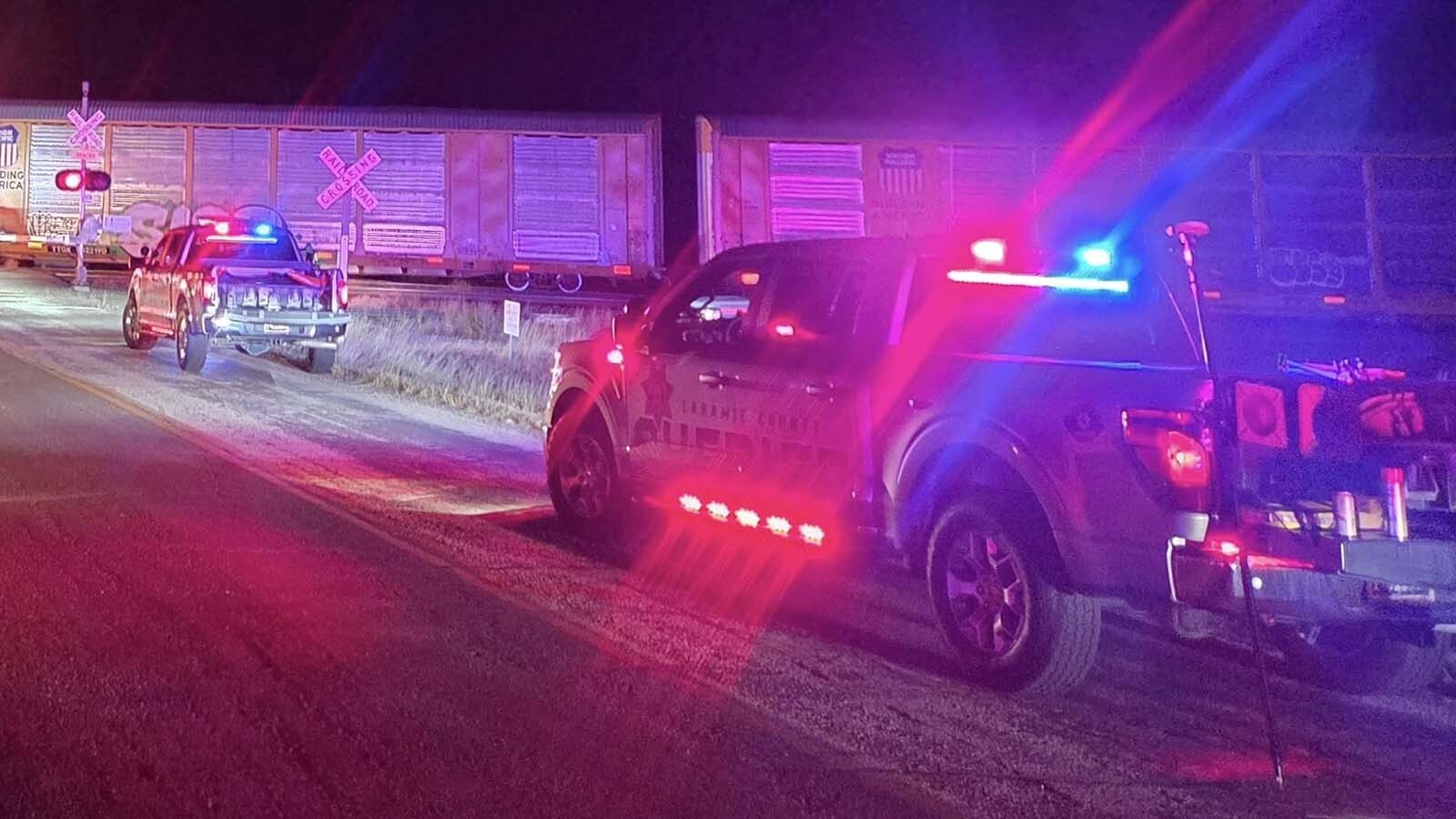The Church of Jesus Christ of Latter-day Saints can build a temple in Cody, but it will have to be without a 77-foot steeple that’s been the focus of a monthslong effort to kill the project in this northwestern Wyoming town.
The Cody Planning and Zoning board voted 4-2 Tuesday to approve the project site plan without coming to a conclusion about its controversial steeple, which would make the structure 101 feet tall overall as originally planned. A proposed compromise to make the steeple shorter was rejected by the board.
The height of the steeple, the location of the temple and its lighting have been some of the most opposed aspects of the project. Only the last two pieces were resolved on Tuesday.
The temple plan has polarized the Cody community and members of the church throughout the West. Board chairman Carson Rowley said he received 150 emails about the project in the past week alone.
Planning and Zoning Board member Scott Richard said there’s been a lot of pressure put on board members and wants the community to move forward in a less adversarial way.
“The public pressure to approve or deny this has been overwhelming on this board,” Richard said about the monthslong debate over the temple. “We hear everybody’s voice. We’re doing the best of our ability to look at the ordinances which are the law we’re supposed to abide by.”
Richard’s comments drew a short applause from the audience.
What Was Approved?
Gaining approval for a site plan on the 4.69-acre parcel overlooking Cody is a critical part of the approval process for the temple, as it gives basic approval for its construction and the construction of an ancillary building.
“I think the applicant has met their burden of proof for how they’re going to mitigate it,” Rowley said. “It’s maybe not my favorite answer or favorite vote from a personal standpoint, but that’s how I’ve looked through everything and am happy to get to the end here today.”
The church submitted a compromise on the steeple height and agreed to limit the temple to a height of 85-feet, reducing the spire height by about 16 feet from the original proposal, which Rowley supported.
“The church is willing to abide by these additional conditions if it will result in approvals and permits that are necessary to build the temple,” said Sheridan attorney Kendal Hoopes, who represents the church. “We want to move forward. We hope this is a solution.”
The church originally submitted a special exemption application for the steeple, which exceeded the maximum building height restriction in the rural residential zone it’s slated for. Later on, it rescinded the application based on its belief the board’s determination the church would need a special exemption for this piece was incorrect.
Board member Dan Schein specifically used these actions as justification for voting against the project.
“I believe this is all the result of the applicant’s decision to withdraw their application for a height exemption,” he said.
Division
Board member Kim Borer asked the audience for a show of hands to see how many approve of the temple, but was chastised by Rowley. She equated moving forward with the temple without addressing the steeple to “ignoring the elephant in the room.”
“The issues of the site plan basically had to deal with both sides coming together and coming to common ground and that just hasn’t happened,” she said.
Shortly after, Borer broke into tears while saying although she has friends who are members of the church, she can’t approve it.
The first vote to approve the site plan was 3-3. The next vote to reject it was another 3-3 tally. The site plan finally moved ahead without addressing the steeple, so it is not approved for construction.
Luke Hopkin, a Cody resident and member of the church, was pleased with Tuesday’s decision.
“I am thankful for the work put into this project by board members and city staff. It's nice to have a way forward and my family is very excited to see the construction process start,” he said. "I am still very confident that, once the dust settles, the temple will be considered a great addition to the community — and that Cody will benefit greatly."
What Now?
Terry Skinner, a member of Preserve Our Cody Neighborhoods, a group that opposes the temple in its current location, said it’s unclear how things will move forward from here. He was disappointed with Tuesday’s decision.
“They had the right to deny the site plan and put the onus on the applicant and have them come back with a new site plan,” he said. “Instead, they left it to negotiations among the board members and cut out the people of Cody.”
During a meeting with lawyers from the church, Preserve Our Neighborhoods and the Cody city attorney last week, Skinner said the church threatened future legal action if it didn’t get its way on the project. The church has filed two legal petitions in Park County District Court asking the court to rule on past decisions made by the Planning and Zoning board.
Skinner said this directly refutes previous commitments the church made in a June 7 Cody Enterprise story where it said it would respect whatever decision the board made.
“Will they withdraw their lawsuits? It’s yet to be seen,” Skinner said, referring to the pair of church court petitions.
Rowley expressed concern that if the board rejected the site plan, the applicant could come back with an appeal that wouldn’t allow the board to put conditions on its construction.
Schein countered and said the city has no other possible course of action.
Impact Of Federal Law
The Religious Land Use and Institutionalized Persons Act of 2000 was brought up numerous times during Tuesday’s meeting. This protects people, houses of worship and other religious institutions from discrimination in zoning and landmarking laws and has been used in arguments by those who support the temple.
Schein said this is not a legitimate reference as no prior applicant has requested to build a religious facility in the rural residential zoning district where the temple is planned for. He mentioned how a proposed 95-foot steeple for a temple in Phoenix was altered to a golden dome to comply with local zoning ordinances in that city in 2017.
Some have also criticized why the church filed for a commercial site plan when it is a religious institution.
Cody City Planner Todd Stowell said he considered historical precedent on the matter and found that more than 90% of the time, the city required schools and churches to develop a commercial site plan before granting approval. Stowell said this determination is consistent with the International Building Code.
“To be consistent with that practice we did request a site plan,” he said.
Rowley said he doesn’t agree with this determination but won’t fight it.
“Even though I made it very clear last meeting that I don’t agree with that interpretation, as another expert can have an opinion on that in my field, it’s not part of this particular item we’re looking at here with the site plan,” Rowley said.
Leo Wolfson can be reached at leo@cowboystatedaily.com.





